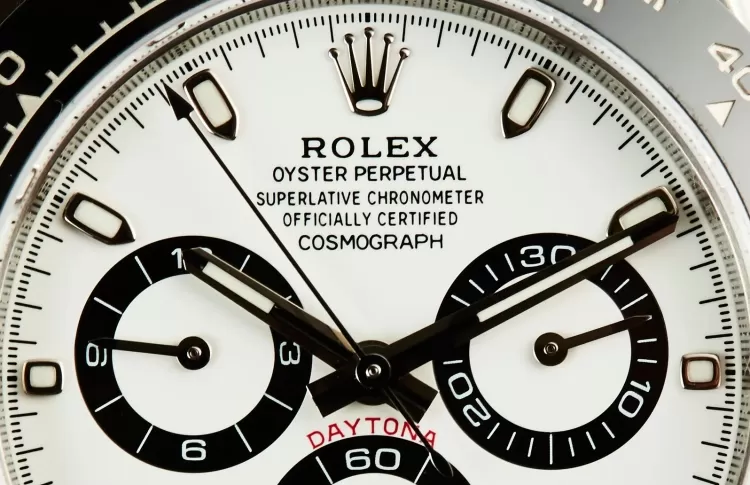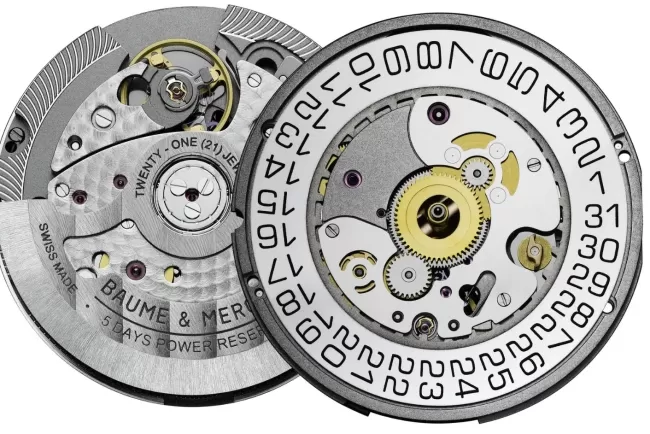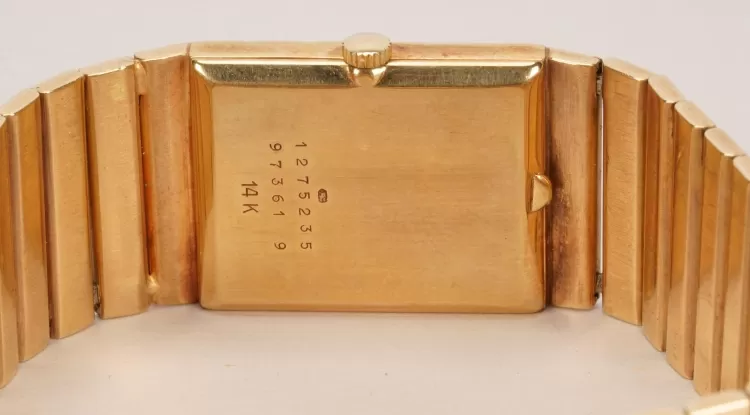What Is COSC Certification? Understanding Chronometer Quality in Watches
Discover what COSC certification means, how chronometers are tested, and why this prestigious Swiss standard matters in high-end watchmaking.

In the refined world of Swiss watchmaking, precision is more than a feature—it is a philosophy. One of the most respected indicators of a watch's accuracy is the COSC certification, a designation awarded only to timepieces that meet the most rigorous standards of chronometric performance. But what exactly does COSC mean, and why should it matter to collectors and enthusiasts?
What Is COSC?
COSC stands for Contrôle Officiel Suisse des Chronomètres, or the Official Swiss Chronometer Testing Institute. It is an independent, non-profit organization established in 1973 that is responsible for testing and certifying the accuracy and performance of Swiss-made mechanical and quartz movements.
Each movement submitted to COSC undergoes a strict series of tests over a period of 15 consecutive days. These tests are performed in different positions and temperatures to simulate real-life wear conditions. To pass, a mechanical movement must maintain a daily rate deviation of between -4 and +6 seconds per day—far more precise than the average mechanical watch.
The Chronometer Standard
Only watches that have passed COSC’s testing can be officially labeled as "chronometers." This designation is not a marketing gimmick; it’s a legally protected term in Switzerland. Brands that receive COSC certification often engrave a unique identification number and the word "Chronometer" on the dial or case back of the watch.
This distinction holds significant value for watch buyers who care about high accuracy, Swiss quality, and mechanical excellence. While quartz movements are generally more precise by nature, the COSC certification proves that a mechanical movement has achieved an exceptional level of timekeeping.
How Are Watches Tested?
Each movement is tested uncased (without its final case or strap), which allows examiners to isolate and measure the pure mechanical performance of the caliber. The testing includes:
- Five different positions (dial up, dial down, crown left, crown up, crown down)
- Three different temperatures (8°C, 23°C, 38°C)
- Daily rate measurements over 15 days
- Mean variation, maximum variation, and average daily rate
Only movements that meet the strict statistical standards pass and receive the certification. Once certified, the movement is returned to the manufacturer, who then cases it and sells it as a COSC-certified chronometer.
Why COSC Certification Matters
COSC certification is more than just a badge of honor—it’s a symbol of craftsmanship, commitment, and trust. For brands like Rolex, Omega, Breitling, and Tudor, which submit large volumes of movements for COSC testing, the certificate is both a mark of pride and a guarantee to the buyer.
For consumers, COSC certification offers peace of mind. Whether you're wearing your timepiece every day or preserving it in a collection, you know that it has met one of the highest standards in Swiss watchmaking.
COSC and Beyond
It’s worth noting that some watchmakers have developed their own in-house testing procedures that go even beyond COSC. For example:
- Omega uses the METAS Master Chronometer certification, which includes COSC testing as a prerequisite but adds more advanced requirements.
- Grand Seiko has its own internal chronometer standards, often tighter than COSC’s.
- Patek Philippe retired COSC in favor of their own Patek Philippe Seal, which requires even greater precision.
Still, COSC remains a cornerstone of traditional Swiss certification and is especially meaningful for mechanical watches that are expected to deliver long-term accuracy without electronic assistance.
What's Your Reaction?





















